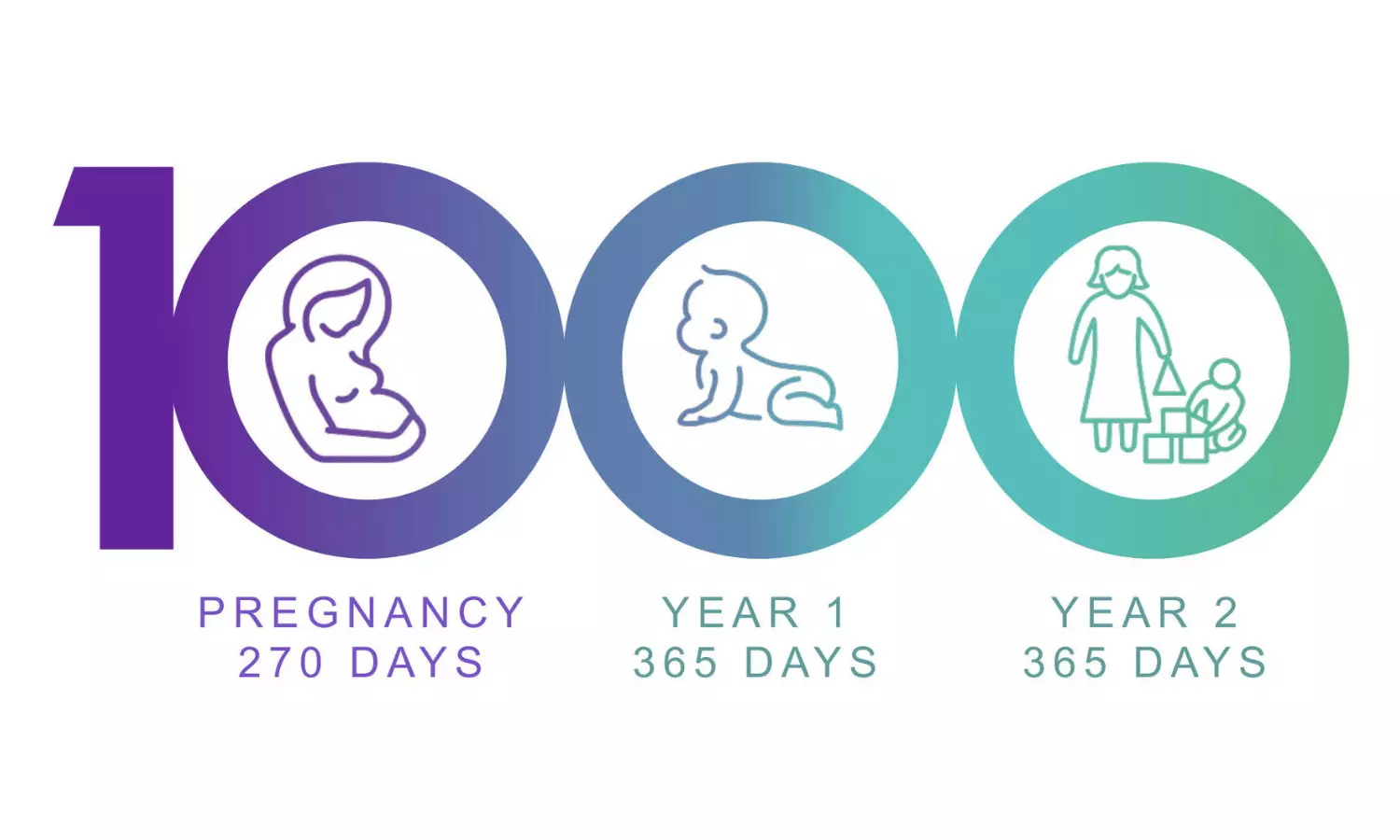First 1,000 days of life: Experts recommend measures for better mother & child care
According to the Sample Registration System’s report 2015, the under-5 mortality rate is 43 per 1,000 live births and the maternal mortality ratio is 167 per 1,00,000 live births.
By Newsmeter Network
Hyderabad: A panel discussion was held by the Harvard T.H. Chan School of Public Health's India Research Center, Project SANCHAR, and the Lakshmi Mittal and Family South Asia Institute on 14 October. The topic was nutrition and how it has evolved in India.
The event was moderated by Dr. K. Viswanath, the Lee Kum Kee Professor of Health Communications at Harvard T.H. Chan School of Public Health.
The panelists were Dr. S.V. Subramanian, a Harvard University population health and geography professor; Mini Varghese, country director of Nutrition International; Dr. R. Hemalatha, director of the ICMR-National Institute of Nutrition; and Dr. Pooja Sehgal, country lead, Health and Nutrition Communications, Bill & Melinda Gates Foundation India.
First 1,000 days of life
According to UNICEF, the first 1,000 days of life—between a woman's pregnancy and her child's second birthday—represent a unique window of opportunity for laying the groundwork for optimum health and development. The child's ability to develop, learn, and rise out of poverty is influenced by proper nourishment and care throughout the 1,000-day window. So, it contributes to society's long-term health, stability, and prosperity.
Discussions during the panel "The First 1,000 Days of Life in India: Evidence and Recommendations" revolved around the importance of nutrition in these 1,000 days and if there is a requirement to extend this framework to before or after the said 1,000 days to attain the objectives better.
In the Indian context
India has one of the highest maternal and newborn mortality rates.
According to the Sample Registration System's report 2015, the under-5 mortality rate is 43 per 1,000 live births and the maternal mortality ratio is 167 per 1,00,000 live births.
Panelists have put their points across regarding the topic.
According to Dr. S.V. Subramanian, the critical focus should be on policies and who it is aimed at. "Most importantly, political will is required. This is accomplished when public policy meets political synergy. Technocrats, bureaucrats, and subject matter specialists should all contribute to this."
He added, "Granulating the policy such that the focus is as individual as possible should be the goal."
Dr. R. Hemalatha opined that there should be a shift in focus to social determinants. "No matter how much information is available or discussions are made, until and unless there is affordability and accessibility of healthy food, there won't be much change."
She further said that a newborn needs 10 times more micronutrients than an adult.
What are the interventions to be taken within the first 1,000 days?
During pregnancy: Daily iron and folic acid supplementation for women during pregnancy, intermittent iron and folic acid supplementation for non-anemic pregnant women, vitamin A and calcium supplements, optimal iodine nutrition, and finally, nutrition care and support for pregnant women during emergencies.
Interventions for young babies (0-5 months): These include early breastfeeding, counseling and assistance for optimal feeding of low-birth-weight infants, and infant feeding in the context of the human immunodeficiency virus.
Interventions aimed at infants and young children (6-23 months): These include continued breastfeeding, complementary feeding, the use of multiple micronutrient powders for home fortification of foods consumed by infants and young children, vitamin A supplementation for children under five years, vitamin A supplementation in children with measles, daily iron supplementation, zinc supplementation for diarrhea management, and reaching out to parents.
The panelists opined that for Indian conditions, the interventions should start before the 1,000 days. Young couples, especially women planning for pregnancy, should be the focus. Their nutrition should be monitored. It is believed that when a malnourished woman becomes pregnant, it becomes more of fixing the situation rather than a proactive approach to safeguard the child's health.
Interventions aimed at women of reproductive age can include menstruating women receiving intermittent iron and folic acid supplements.
Due to many cultural reasons, in India, pregnancies aren't reported during the first three months. This deters the whole framework, as those initial months are critical. This can also be tackled if the focus is on young women's nutrition.
The panel concluded with remarks that the conversation around the child's nutrition shouldn't hold only mothers or women responsible. It should be a community effort.